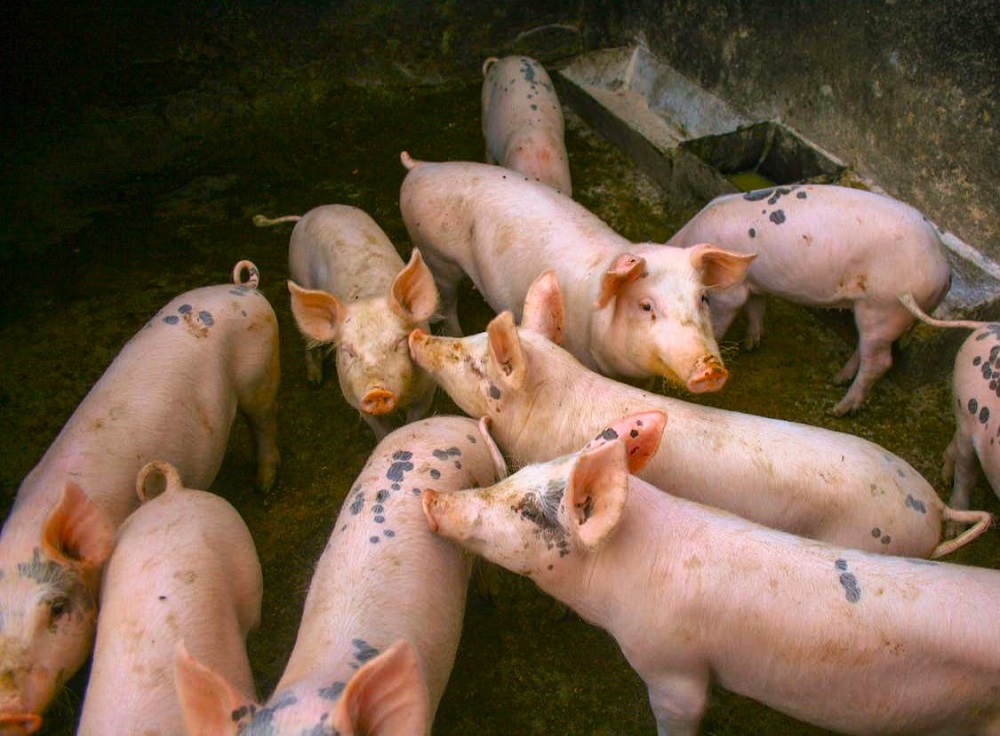EMA reports a further decline in antibiotics sales for animals

The decline in the use of antibiotics on European farms continues year-on-year, marking a new milestone in reducing antimicrobial use and supporting the fight against antibiotic resistance. European countries have significantly reduced sales of antibiotics for use in farm animals: these are the conclusions of the European Medicines Agency (EMA) in its 13th annual report. According to the new edition of the ESVAC report, “Sales of veterinary antimicrobial agents in 31 European countries in 2022“, with the trends from 2010 to 2022, total sales of veterinary antibiotics in the 29 EU/EEA countries plus Switzerland and the United Kingdom, that provided data on sales or prescriptions of veterinary antibiotics in 2022, decreased by 12.7% compared to 2021.
The main indicator used to express the sales of antibiotics for livestock in the ratio is the milligramme (mg) of active ingredient sold per “Population Correction Unit” (PCU) – mg/PCU. The PCU considers the size of the food-producing animal population, including all equines and excluding pets, and is used to normalise sales data based on the number of productive animals treated with antibiotics in each country.
In the 25 countries that provided continuous data to the EMA between 2011 and 2022, sales of veterinary antibiotics have more than halved, as much as 53% during this period, from 161,2 mg/PCU in 2011 to 75,8 mg/PCU in 2022, reaching the lowest level ever recorded. During this period, total sales in mg/PCU decreased in 24 countries, and of these, 21 showed decreases of more than 15% and up to 67.5%.
Over the same period, sales of AMEG antibiotics in category B, which recommends restricted use, were greatly reduced. The WHO considers these classes, along with macrolides and ketolides, of critical importance (CIA) and essential for human medicine. Specifically, between 2011 and 2022, sales of 3rd and 4th generation cephalosporins declined by 49.0%, fluoroquinolones by 24.7%, other quinolones by 89.7% and polymyxins by 81.0%.
The report also includes information on progress towards the targets set in the Farm to Fork Strategy, which aims to reduce sales of antimicrobials for farm animals and aquaculture by 50% by 2030 compared to the reference year 2018. As stated in the ESVAC report, in 2022, the 27 EU Member States reached just over half of the reduction target set for 2030, compared to 2018, showing that they are on track to meet the targets set. By maintaining an annual reduction of around 5% over the next eight years, it will be possible to meet the expected target.
The EMA has been monitoring sales of veterinary antimicrobials in Europe through the ESVAC project since 2009. Since then, the number of participating countries has more than tripled, from 9 to 31 in 2022. In its 13 years of operation, ESVAC has collected reliable data on sales of veterinary antimicrobials, providing valuable information to participating countries on the impacts of their efforts to promote prudent use and setting targets to reduce the consumption of antimicrobials in animals.
This is the last report with sales-only data under the ESVAC name. However, the ESVAC concept has been incorporated into EU legislation, making data collection mandatory for all countries, not only for sales of veterinary antimicrobials but also for the use of antimicrobials in animals in the coming years. The first report, covering both sales and use in productive animals in 2023, will be published in 2025.